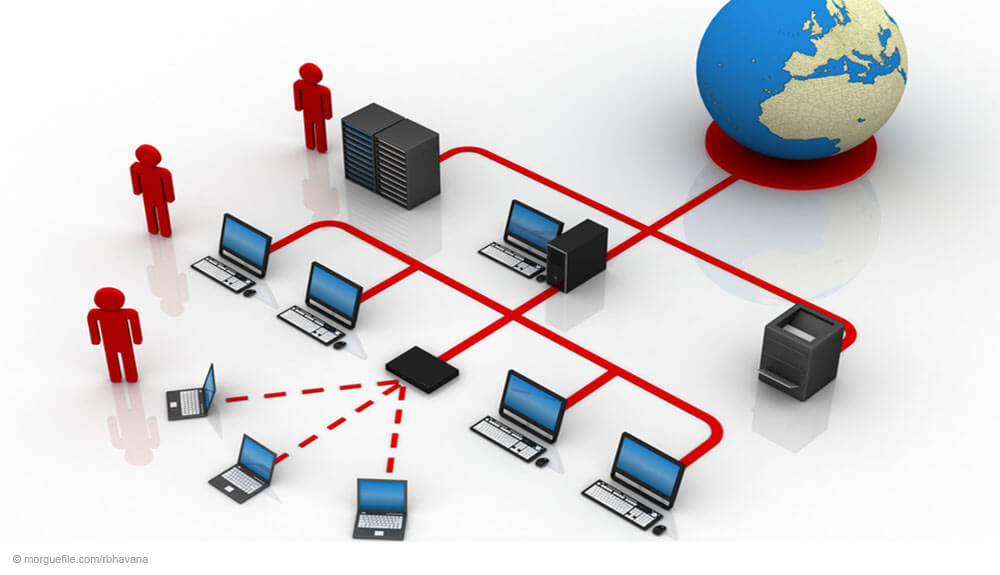Last updated: December 1, 2021
A picture is worth a thousand words
This is also true for your IT documentation. Or it is particularly true here. Instead of writing lines and lines of text, a single diagram representing a network plan can convey the intended information better and faster. Why are graphical overviews so important? If an error occurs, the IT department has better things to do than sit down calmly and read a technical description. And if so, the next problem would arise immediately: Is that the description in this document up-to-date at all? You will only know after reading it. Can you be sure that the documentation has been updated with each change to a system? This is a nasty situation for the person who is responsible.
Things will be a lot easier, of course, if current network plans are available. In mechanical engineering and construction, a documentation always includes wiring diagrams and construction plans. Draughtsmen are required as ever before. Or would you like to describe the functionality of a control system and its wiring in a text? There is special software for anything you want, including IT network plans. The times when drawing pens were used to draw on special drawing paper and errors were corrected with a razor blade are long since gone.
Graphical overviews are an integral part of any good IT documentation
The same is true for your IT documentation. Enhance your manuals by adding graphical overview plans. If you spent a lot of time creating an IT service catalogue, simply add an explanatory diagram to each service, which maps all required IT systems and their interdependencies for that one service. Each technician who is familiar with the subject matter will understand at a glance how it works and can immediately start troubleshooting. If you need external experts for system recovery or a failure analysis because your own administrator is unavailable, this can save you valuable time.
For the creation of network plans, no special training as a draughtsman should be required, of course. Preferably, use software tools available at your company instead. If the Docusnap documentation tool, is already in use at your company, you can rely on the IT Relations module to create network plans quickly. For this purpose, you will use the inventory data stored in the CMDB. If the information related to an inventoried IT system changes, the software is able to update the corresponding recovery plan automatically. You can save this plan as a PDF file in your filing system and later access it or make it available to external experts. Even these files can be kept up-to-date in the background using the Docusnap job management features.
Ready-to-use templates for many network plans are shipped with Docusnap, reducing the effort required for their creation. After a complete inventory scan of your network, they can be created at the press of a button and should be included in each (good) IT documentation.
“IT documentation can be fun!”

